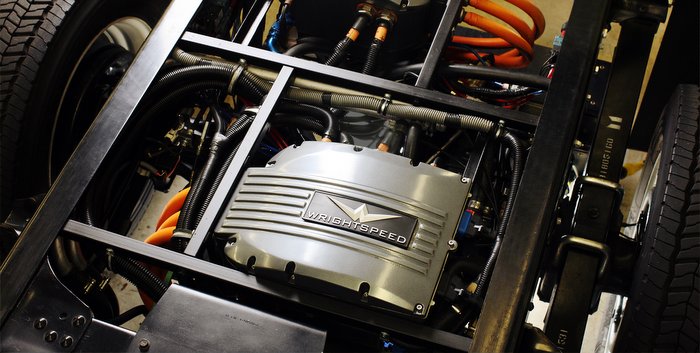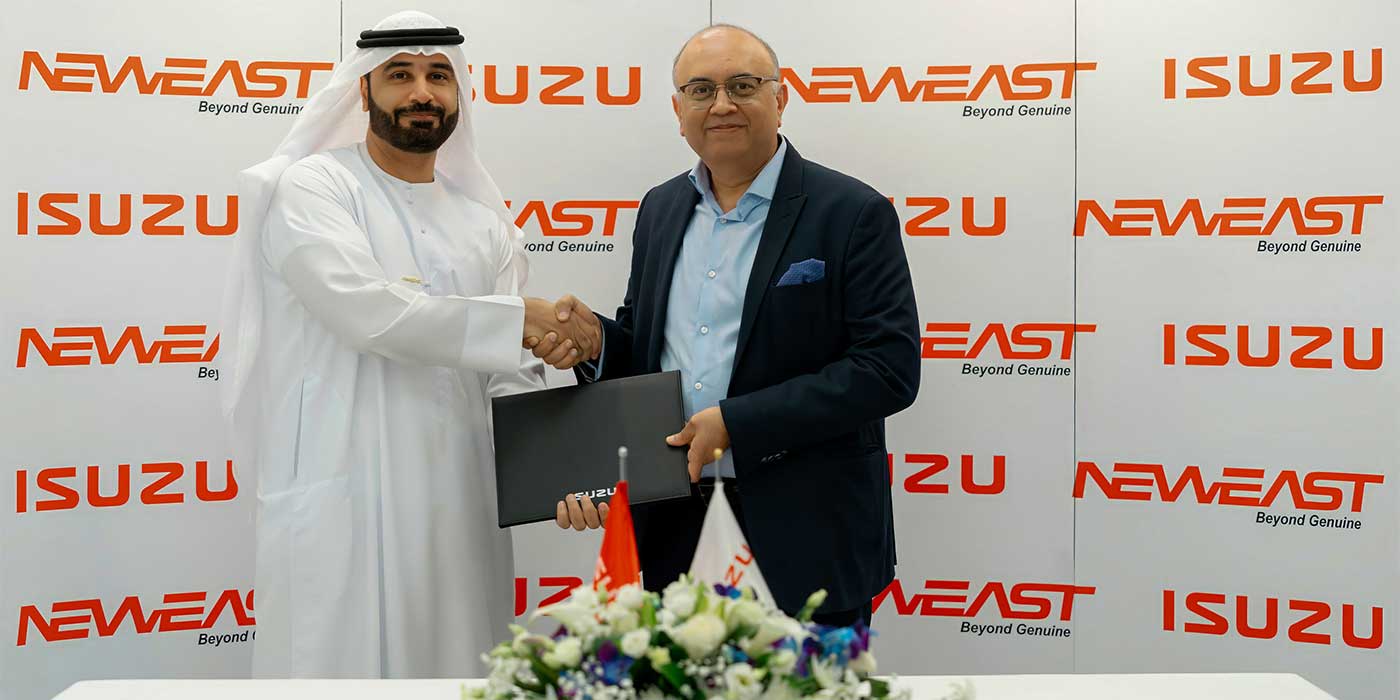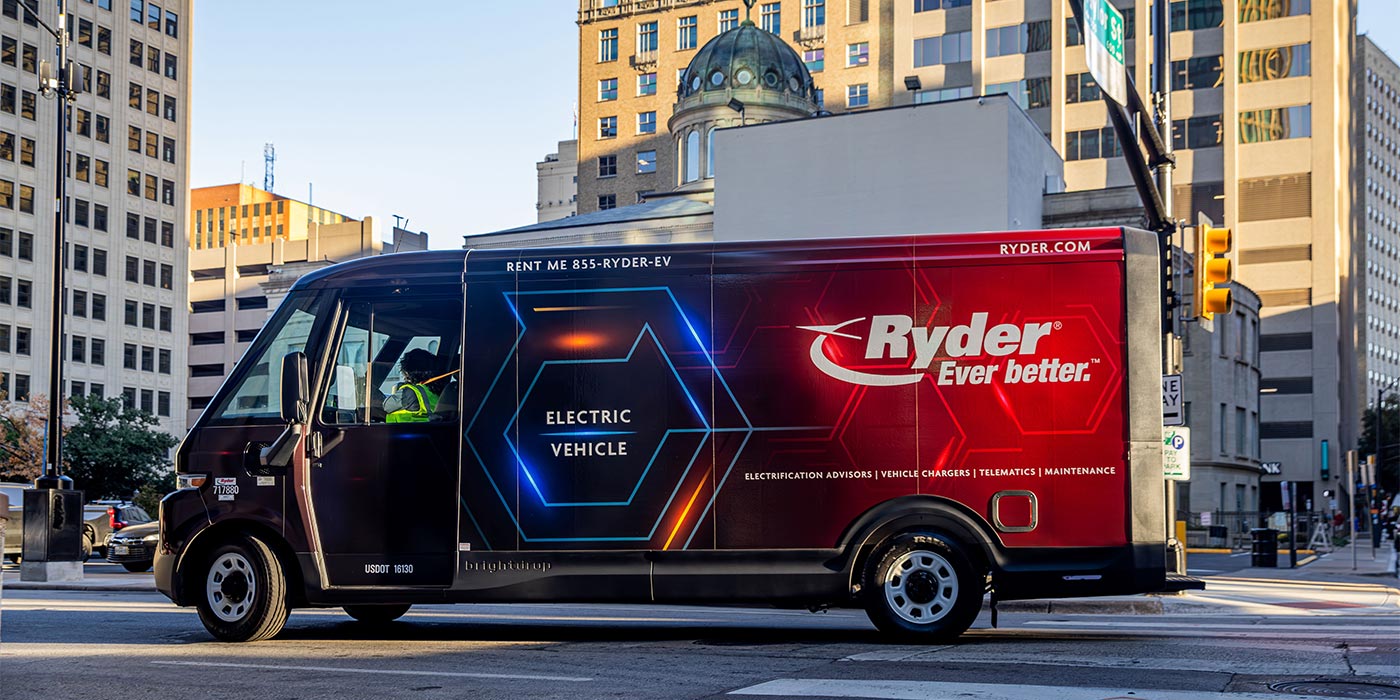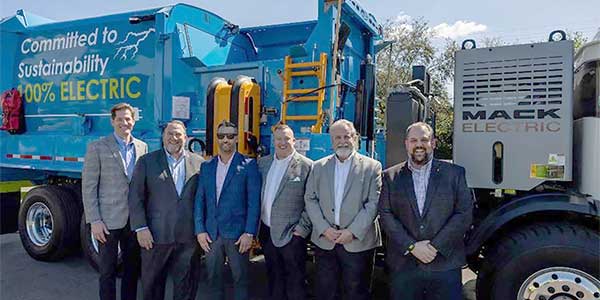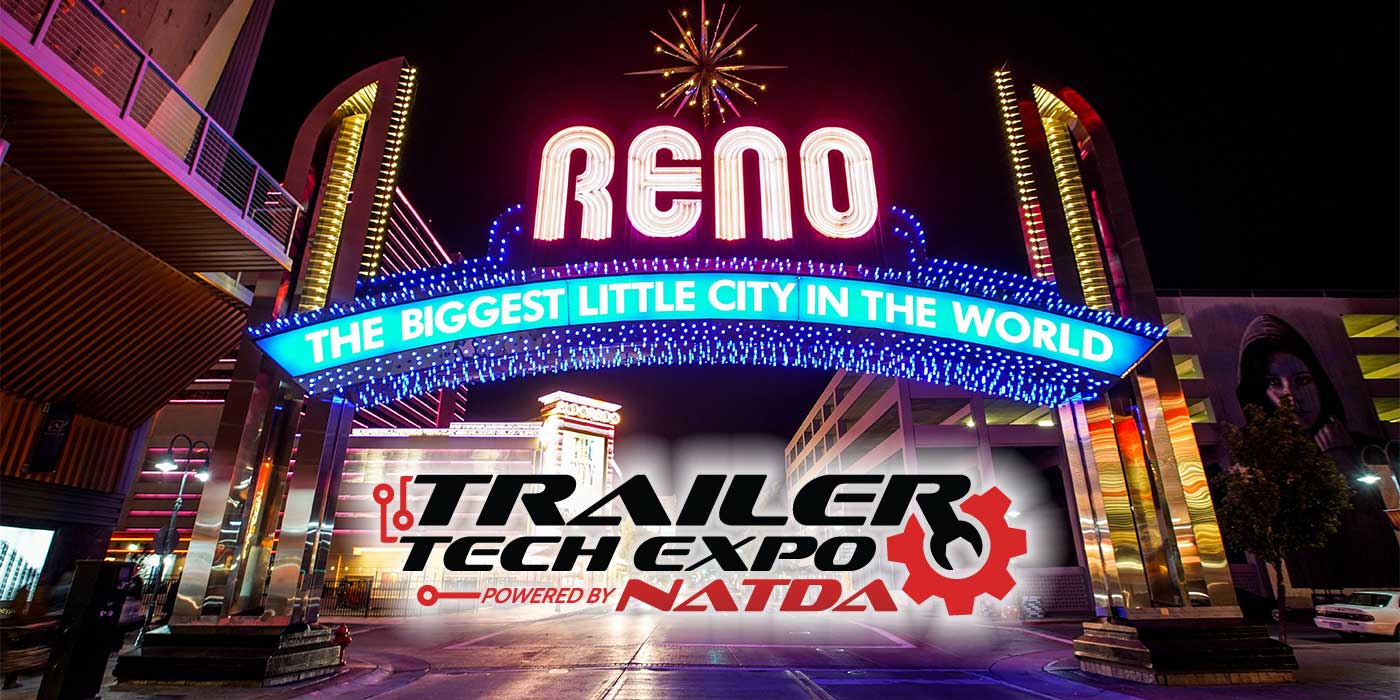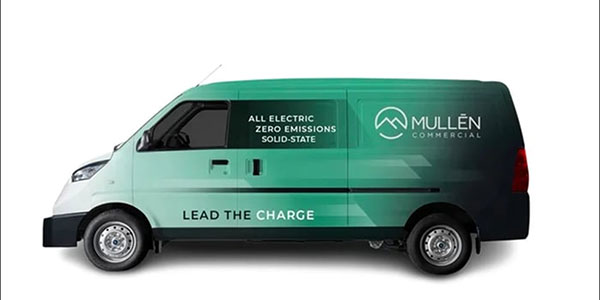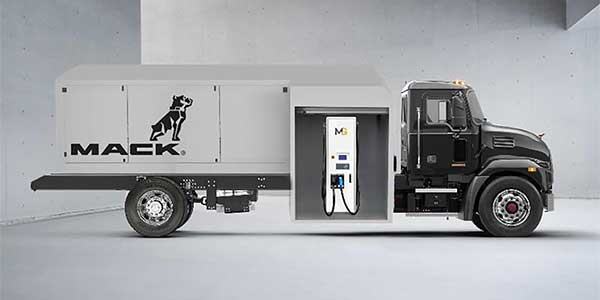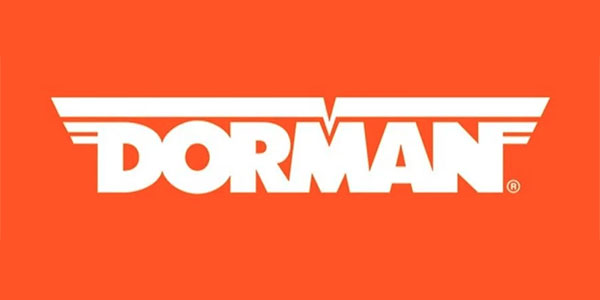If his company needs an indication that its range-extended vehicle powertrain technology is on track, according to Wrightspeed Project Manager Arlan Purdy, it doesn’t need to look any further than its recent orders from FedEx and from the Ratto Group, a refuse collection company in the San Francisco Bay area.
“To Wrightspeed,” Purdy said, “that’s an indicator of how fleet operators regard our technology. These orders are the endorsements we are most interested in, and we expect those to continue. They also give rise to interest from OEMs as they search for alternative powertrain technologies capable of meeting customer expectations.”
Wrightspeed designs and manufactures electric powertrain systems that replace the engine and transmission in existing trucks. The range-extended electric vehicle (EV) system uses electric motors to power the wheels and a fuel agnostic turbine generator that charges the battery as needed. The result, Purdy related, is enough power to climb 40% grades, and an overall range equivalent to conventional diesels.
The main components of the
Wrightspeed powertrain include the Geared Traction Drive (GTD), an electric motor driving a four-speed clutchless gearbox that uses software controls in place of traditional transmission components; a Vehicle Dynamics Control System (VDCS) that controls each GTD separately; and the Fulcrum turbine generator.
Introduced a year ago, the Fulcrum is an 80kW turbine generator that weighs 250 lbs., approximately 1/10th the weight of a piston-driven generator. The Fulcrum generator can run on diesel, CNG, LNG, landfill gases, biodiesel, kerosene, propane, heating oil and other fuels, and does not need a catalytic converter to meet emissions standards.
“The Fulcrum, as part of our range-extended EV architecture, is perfectly suited for achieving maximum efficiency in extremely high-power stop-and-go applications, such as garbage trucks,” said Ian Wright, chief executive officer and founder of Wrightspeed. “For many of the same reasons that aviation changed from piston engines to turbines decades ago, we believe turbines will begin to replace piston engines in range-extended electric vehicle applications.”
Wrightspeed’s flagship product, the Route, is designed for frequent stop-and-go applications, such as refuse and delivery trucks or buses. One model is the Route 250 for Class 3 and 4 trucks with a maximum GVWR of 16,000 lbs. Best suited for urban or suburban delivery routes, the Route 250 provides 150 HP and has a 20-mile EV range. Another option is the Route 500 model for Class 5, 6 and 7 buses and trucks with a maximum GVWR of 33,000 lbs. It has a 250-HP rating and a 27-mile range on electric power. Also available is the Route 1000 for Class 8 refuse truck applications. The largest model in the lineup, the Route 1000 has a maximum GVWR of 66,000 lbs., a 400-HP rating and a 24-mile EV range. All Route models have a configurable top speed range of 50 to 72 MPH.
There is growing interest in electric and other zero emissions vehicles. Recently, the California Air Resources Board announced a $23.6 million award to deploy 43 zero-emission trucks that will transport shipping containers in and around the state’s ports. In total, three different zero emissions truck propulsion configurations will be built by four manufacturers. In another development, the Federal Transit Administration (FTA) announced that it will provide funding for the purchase of 51 zero emission buses by seven transit agencies.
For Arlan Purdy, that is another indication that the use of zero emissions technology in commercial vehicles is poised to grow. “There are certain segments of the market, such as long-haul trucking, that will be challenging for electric vehicles for some time to come,” he said. “However, applications with high fuel consumption and significant brake wear will quickly realize the benefits of range-extended electric vehicles. We believe these systems and configurations will become more common than conventional systems within the next five years.”

